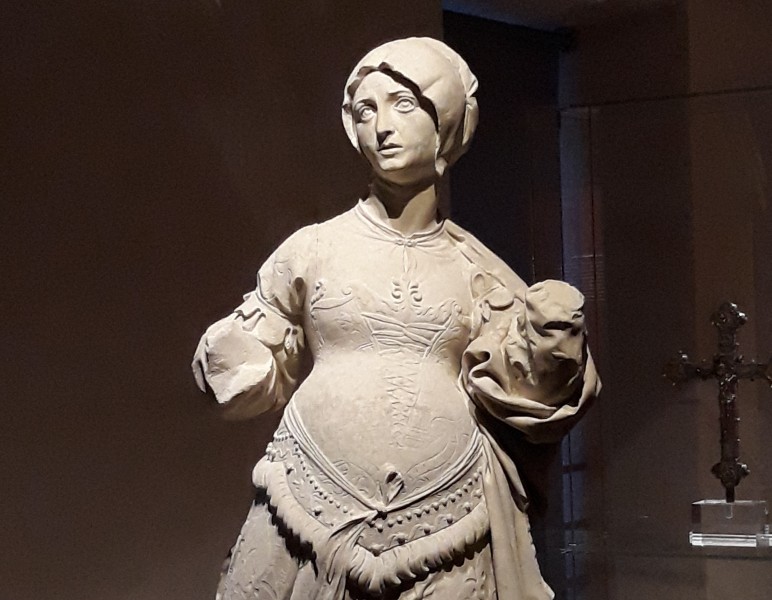Ligier Richier,
an exceptional sculptor
Meet Ligier Richier, Lorraine’s own Renaissance artist, whose remarkable work got him more than once compared to Michelangelo.
This religious sculptor was born around 1500 in Saint-Mihiel, in the active and open environment of the artisan elite. The absence of signatures makes the authorship of his work very obscure and the majority of his artworks has been attributed to him by stylistic analysis. His style is mainly characterized by an accurate depiction of faces and the thin drapery of sculptures. Richier used limestone, wood and terracotta, and developed a wax treatment to give his limestone sculptures the appearance of marble.
The Ligier Richier Route is an artistic trail from Bar-Le-Duc to Étain, passing through Saint-Mihiel. Follow this itinerary and discover the life and work of the artist.
Discover artworks by Ligier Richier
in the Coeur de Lorraine
The altarpiece depicting the Passion of the Christ, polychrome work in the church of Hattonchâtel (1523)
- This polychrome stone altarpiece is attributed to Ligier Richier and represents the main scenes of the Passion of Christ. It is to be discovered in the Saint-Maur church, located in the picturesque medieval village Hattonchâtel.
The Fainting of the Virgin, in the church of Saint-Michel in Saint-Mihiel (before 1523)
This carved group is attributed to Ligier Richier and represents Saint John supporting the collapsing Virgin. The whole is made out of walnut wood and used to be polychrome. The group of the Fainting of the Virgin originally belonged to a more substantial work, probably a crucifixion scene.
The Entombment (also known as “le Sépulcre de Saint Mihiel"), in the church of Saint-Étienne in Saint-Mihiel is one of the last most famous pieces made by the artist (1554-1564)

This set of thirteen characters cut in limestone blocks is attributed to Ligier Richier and is the largest known work of the artist. It is rich in content and meaning and reveals the artistic culmination of the sculptor.
Saint-Elisabeth, in the museum of sacred art of Saint-Mihiel (16th century)

This work in limestone is attributed to Ligier Richier by stylistic comparison. The statue once belonged to a larger sculpted group but is now bequeathed to Saint-Mihiel's museum of sacred art by the families Reyre and Hutin.



